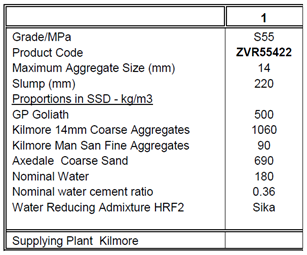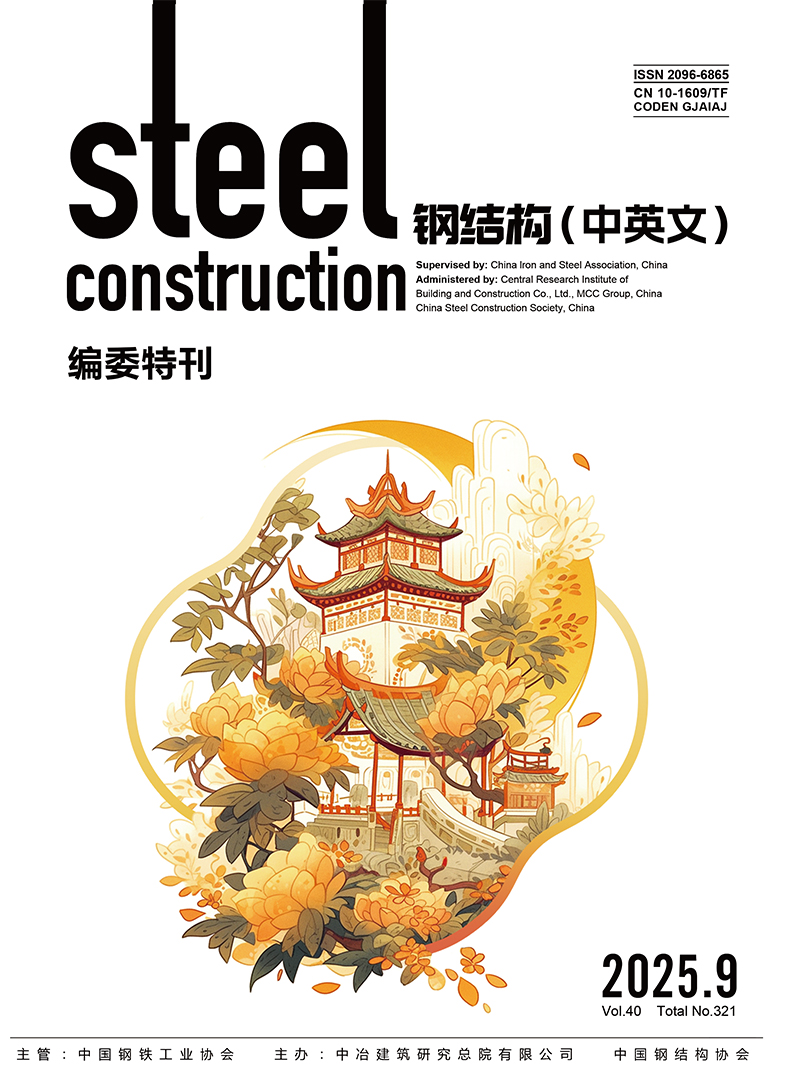Introduction:
This projectisbetween the North Western Program Alliance (NWPA) and the University of Melbourne (UoM).Precast U-through beams are manufactured in factory and transported to the site Springvale, Melbourne to construct a rail bridge. Once the rail bridge is built, the level crossing on site can be removed. This contributed to a safer local transportation. The original mix design for the U-through beams is provided in Table 1. Cement, as the major binder in concrete, could cause the CO2emission and energy consumption during its production. To improve the environmental sustainability, supplementary cementitious materials (SCMs) as the waste is used to replace cement to construct the U-through beams. The supplementary cementitious materials used include flyash (FA) and Ground-granulated blast-furnace slag (GGBS or GGBFS).The FA is the waste from the burning of coal in power plants and the GGBS is the glassy, fine powder byquenching molten iron slag in a blast furnace. Thus the use of SCMs could reduce the waste proposal and relief the negative environmental impact caused by cement production.
Table 1. The mix design for 1 cubic metre of concrete


Figure 1. The U-through beam

Figure 2. Fly ash

Figure 3. Ground-granulated blast-furnace slag (GGBS)
Objective:
Develop an alternative concrete mixture which uses supplementary cementitious materials (SCMs) in partial replacement of Portland cement and work with stakeholders to:
· evaluate the mechanical, structural, processing and durability properties; and
· provide a guideline of the mixture design for the 'U Trough' precast elements using SCM
Testing procedure:
1. Preliminary tests:
· Compressive strength (1, 3, 7 and 28 days)
· Slump test
· Setting time
· Density
2. Secondary tests:
· Flexural strength (1, 3, 7 and 28 days)
· Split tensile strength (1, 3, 7 and 28 days)
· Volume of permeable voids (VPV) and water absorption
· Carbonation resistance
· Chloride ion penetration (corrosion)
· Drying shrinkageand Creep
· Heat of hydration (calorimetry of the accompanying mortar mixes)
3. Maturity test:
Temperature probes will be used to measure the maturity of the existing mixes used for precast and cast in-situ elements. The shortlisted mix will be cast in-situ (1m × 1m × 0.23m box) and tested for maturity under laboratory environment. Accompanied compressive tests will be carried out for (1, 2, 4, 7, 14 and 28 days).
Timeline:
2018 | Comment / Event | UoM Deliverables |
May[i] | Confirm proposal between parties | |
June-July | · UoM to review existing mix design, formulateand conduct preliminary tests1 on alternative mixes (20 or more) with three different weight percentages of cement replaced by SCM (10, 20 and 30%) and other ingredients. · Preliminary meetings with North Vic and site visits to understand key manufacturing concerns, risks, limitations and costs and sampling of the existing mixture without SCM | 1. Cost-performance analysis of mixes based on preliminary tests compared to the existing mix (control) and standards |
July-September | · UoM to conduct secondary tests2 and maturity tests3 on shortlisted mixtures · Meeting to evaluate potential mixes for trial and receive feedback from North Vic regarding risks, concerns, constraints etc. · Meeting between NWPA, North Vic,and UOM · UOM proposes final mixes for approval and trial | 1. Results ofsecondary tests compared to existing mix (control) and standards to stakeholders 2. List of proposed mixes for evaluation considering project constraints and requirements including two finalised proposed mixes for trial |
September-October | · Small scale trial commences (if deemed useful) for approved alternate mixes. | |
October-December | · UoM to test (preliminary and secondary tests) and evaluatethe samples of first trial and provide any modification necessary. | 1. Input into mix evaluation. 2. Assist with development of final mix design to be trialled 3. Results of all tests conducted on trial |
2019 | ||
January- March | · Second Trial i.e. small 'L' section with final mix · Installation of temperature probes for maturity tests3 inside ‘L’ section and stiches · On-site sampling for preliminarytests | Evaluation of trial performance with stakeholders. |
March | NWPA to trial full scale 'L' beam pending results of earlier tests. | Evaluation of trial performance with stakeholders. |
April | NWPA to implement new mix design in U Trough production. |




 Login
Login Register
Register

 Steel Construction Published the List of Highly Influential Articles of 2020
Steel Construction Published the List of Highly Influential Articles of 2020





